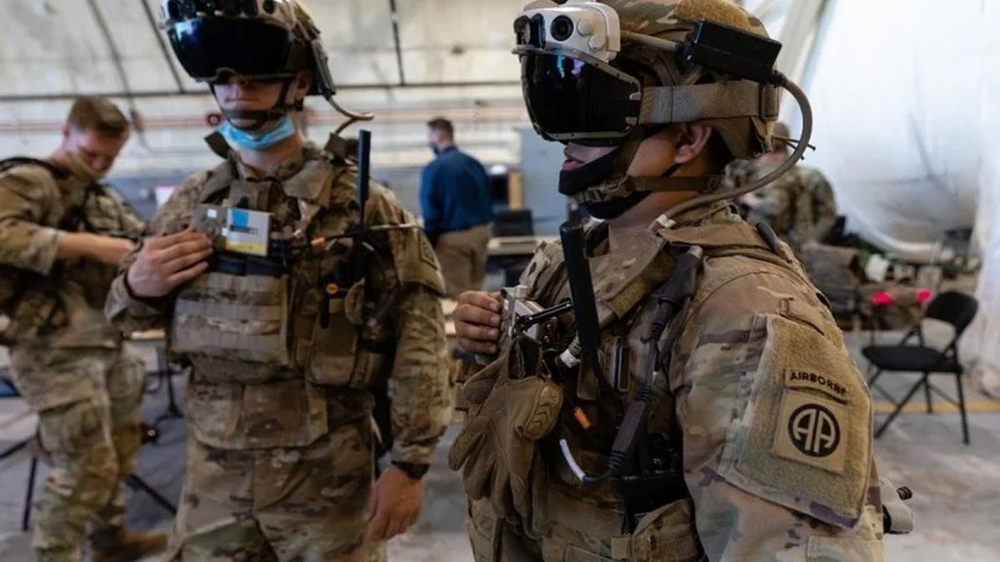Source – https://www.militaryaerospace.com/
ARLINGTON, Va. – Sensors experts at Raytheon Technologies Corp. will develop a new kind of camera and digital signal processing to enable electro-optical smart sensors for tactical military applications.
Officials of the U.S. Defense Advanced Research Projects Agency (DARPA) in Arlington, Va., announced an $8.8 million contract Wednesday to the Raytheon Intelligence & Space segment in El Segundo, Calif., for the Fast Event-based Neuromorphic Camera and Electronics (FENCE) project.
FENCE seeks to develop and demonstrate a low-latency, low-power, event-based camera and a new class of digital signal processing and machine learning algorithms that use combined spatial and temporal information to enable intelligent sensors for tactical military applications.
Neuromorphic describes silicon circuits that mimic brain operation; it exhibits low latency, sparse output, and extreme energy efficiency. Neuromorphic cameras offer sparse output, and respond only to changes in the scene, with accompanying low latency and low power for small-format cameras in sparse scenes.
Event-based imaging sensors operate asynchronously, and only transmit data from pixels that have changed, so they produce 100 times less data in sparse scenes than traditional focal plane arrays (FPAs). This leads to 100x lower latency at 100x lower power.
Despite their inherent advantages, existing event-based cameras are not compatible with military applications because military images are cluttered and dynamic. The FENCE program seeks to develop an integrated event-based infrared focal plan array with embedded digital signal processing to overcome these challenges.
The FENCE program’s primary focus is on developing an asynchronous read-out integrated circuit (ROIC) capable of very low latency and power operation, and a new, low-latency event-based infrared sensor with in-pixel processing.
The project also will develop a low-power processing layer that integrates with the ROIC to identify relevant spatial and temporal signals. The ROIC and the processing layer together will enable an integrated FENCE sensor that can operate on less power than 1.5 Watts.
The FENCE program will last for four years, and DARPA researchers issued their broad agency announcement for the project last October. Raytheon may not be the only FENCE contractor, as DARPA officials say they plan to award contracts to several companies.
On this contract Raytheon will do the work in Goleta and El Segundo, Calif.; Cambridge and Tewksbury, Mass.; McKinney, Texas; Tempe, Ariz.; and New York City, and should be finished by May 2025.
